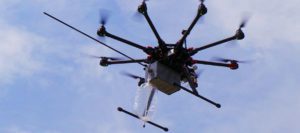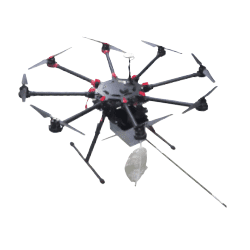In 1927, Scientists had believed the human nose was capable of detecting 10,000 distinct odours. According to a recent study authored by Rockefeller University, the human nose is capable of detecting at least one trillion distinct scents. Back then, we had only begun to scratch (and sniff) the capabilities of olfactometric science. Our advancements since have helped tremendously with our sense of smell. They are bringing us closer to the pinnacle of understanding the science of scents.
As we begin our day in the Scentroid Office, the distinct aroma of crushed coffee beans in the espresso machine fills the room. Each bean is different; a trained nose can detect notes of caramel, nuts, sandalwood, spices, tobacco, vanilla, and even chocolate. All flavours masked behind the pleasant sensation of roasting. As odour experts, we understand with the science of smell that this aroma is first processed inside our olfactory bulbs. Small nerve tissue called glomeruli then transfers the processed information to other parts of our brain.
So what were to happen if someone was missing this essential odour processing center? Perhaps it may be thought that their sense of smell (and potentially their sense of taste), are nonexistent?
On Nov. 6, 2019, a case study was released by the Neuron Scientific Journal titled “Human Olfaction without Apparent Olfactory bulbs”. Download the Science of Smell case study PDF here. Within the study, a group of women missing their olfactory bulbs (OB) were somehow capable of smelling. These women, with no OB, displayed normal odour awareness, detection, discrimination, identification, and representation. Globally, 0.6% of women and 4.25% of left-handed women that were lacking OBs, were capable of performing olfaction tasks.
How will these new studies change the way we think about the science of odour and odour technology? Only time will tell! #TheNoseKnows












